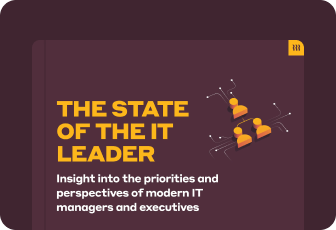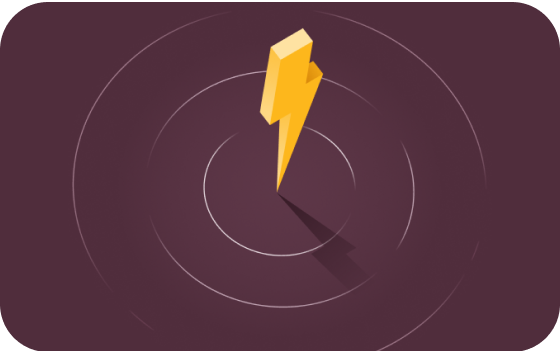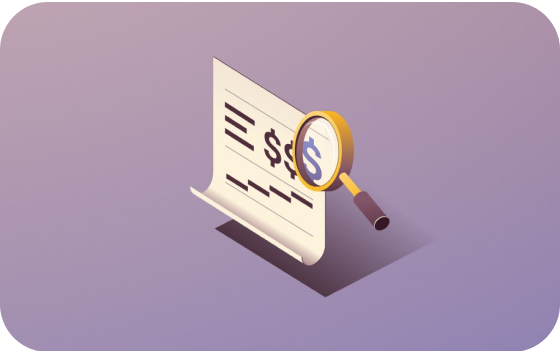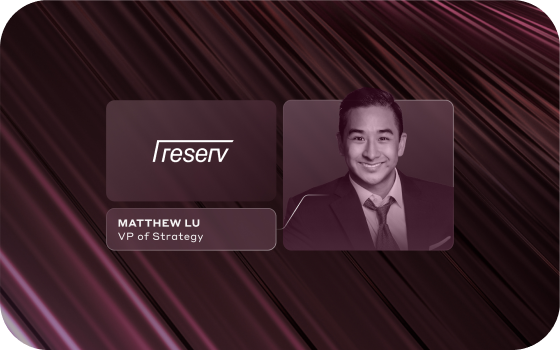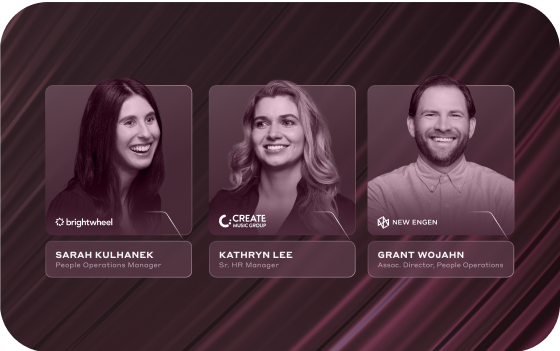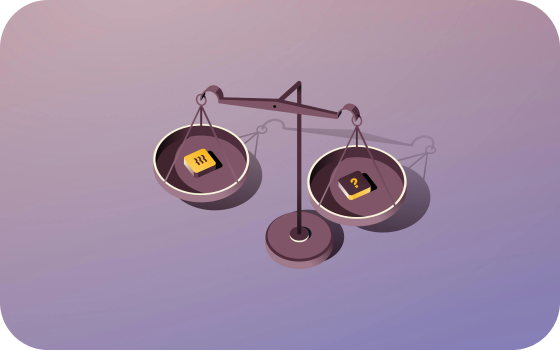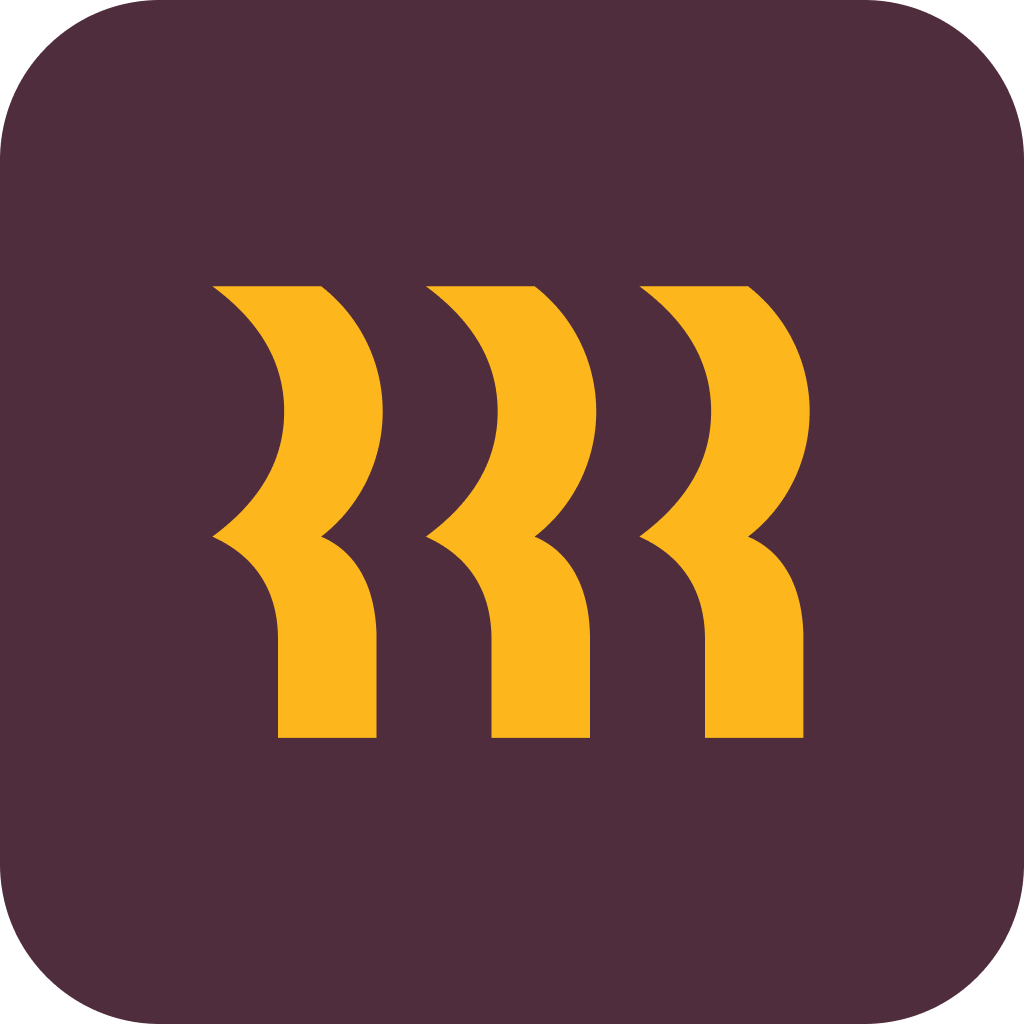People analytics is a data-driven approach that analyzes employee data to gain insights into various workforce aspects, such as hiring, employee experience, engagement, and retention. It enables organizations to make informed, strategic decisions about their human capital by leveraging employee data to identify patterns, trends, and areas for improvement.
What is people analytics?
Tedious administrative tasks and mountains of paperwork can hinder even the best human resources team. They spend more time putting out small fires than contributing to strategic decision-making. People analytics flips the script. By giving HR the tools to automate tasks and uncover and analyze data, they can provide valuable workforce insights backed by quantitative data. Just as business data is essential in creating and marketing new products, leveraging employee data reveals important internal trends, pinpoints workforce issues, and gives HR the power to inform and even drive decision-making at the executive level.
People analytics supercharges HR
HR data is the foundation of people analytics (also known as HR analytics or workforce analytics), the process of collecting and analyzing HR data to create data-driven insights and strategies so that business leaders can make informed decisions about people management, benefiting the entire organization and the bottom line.
HR reporting and people analytics aren't the same, but they do go hand in hand. Simply put, HR reporting is employee data from payroll, benefits, and time and attendance systems. This data can be combined with real-time data from other systems outside of your HR department, such as device management, customer service, and security.
People analytics analyzes all this data to create insights and present them visually. It can discover problems, suggest fixes, and help the management team and other stakeholders make important business decisions and set business goals. For example, HR reporting can reveal high absentee numbers in a department, whereas HR analytics can help explain why and even offer solutions.
People analytics is a window into a company’s DNA. With people analytics capabilities, organizations can use data to understand the business's health, drive initiatives, and make critical decisions based on data, not guesswork.
Key people analytics metrics
No matter the size of a business, there are many areas that you need to keep on top of—not just HR. Combining traditional HR data like onboarding feedback, exit interviews, and performance stats with data points from other areas helps you understand your company’s health and dynamics. Deep insights about your company and its well-being can be gleaned by monitoring the following metrics:
- Employee performance: Metrics like goal completion, skills gap analysis data, and exit interview feedback offer insights into areas ranging from job satisfaction to training needs and highlight areas that need improvement.
- Time to hire: Analyzing this metric reveals insights into the efficiencies of your hiring process.
- Employee turnover and retention rate: Understanding your turnover and retention rate is essential as it provides insights into employee satisfaction levels, organizational culture, and the effectiveness of your talent acquisition process.
- Employee engagement: Employee engagement is a good barometer for measuring the health of your organization.
- Absenteeism: Absenteeism can reveal deeper issues with some employees.
Other metrics, such as training effectiveness and diversity and inclusion statistics, can help HR professionals keep things running smoothly. Keeping a close eye on these key performance indicators (KPIs) can result in a healthier and happier workplace.
Applications of people analytics
Once you have your metrics in hand, you can act on the information. As we touched on above, there are many areas where people analytics can assist your HR team in improving problematic areas and increasing productivity. For example:
Employee retention strategies
According to SHRM, hiring a new employee costs an average of $4,700. The average time to hire is 44 days. On top of that, training costs an average of $1,420 per employee annually. And one more stat: 33% of new hires quit within the first 90 days. These are all important reasons why employee retention is vital to your bottom line. Using people analytics, you can identify issues that might lead to a high turnover rate by monitoring your pipeline metrics. Knowing where the problems are means that you can create HR strategies to retain your workforce—especially your high performers—and keep them happy and engaged.
Learning and development programs
People analytics gives you insights into the effectiveness of your learning and development programs by tracking metrics like enrollment rates, course completion rates, and feedback. This information helps identify areas for improvement and ensures training supports employee needs and their career growth goals.
Workforce planning and forecasting
People analytics enable predictive modeling that helps with strategic workforce planning, anticipates employee retention challenges, and measures the impact of your company’s HR initiatives.
Diversity, equity, and inclusion initiatives and metrics
People analytics can help organizations track diversity metrics like workforce demographics, identify potential biases in hiring, promotion, and other HR processes, and analyze pay equity across different employee groups to support diversity, equity, and inclusion initiatives—and measure their effectiveness.
Employee engagement and experience
People analytics can measure employee engagement through metrics like engagement scores obtained from surveys and feedback implementation rates that measure job satisfaction and the likelihood of recommending the company. Data analytics provides actionable insights to improve the overall employee experience, close skills gaps, and help boost retention.
Performance ratings
People analytics allow you to report on performance ratings alongside all your other people data to unlock deep insights into performance trends across your organization. This can be critical for your performance management.
Absenteeism rates
People analytics lets you track absenteeism, which helps HR teams intervene early to ensure employees get the support they need.
What are the main challenges of implementing people analytics tools?
There are three main challenges for businesses looking to implement people analytics:
Data dispersion: Essential employee data is often scattered across multiple systems like HR platforms, project management tools, and communication channels. This decentralized data structure poses a significant barrier to effectively using people analytics.
Data unification: Companies need to collate scattered datasets to understand patterns like employee attrition and apply predictive analytics. Unifying data from various sources is crucial for leveraging people analytics insights.
Lack of reporting tools: Without proper reporting tools, companies struggle to access the data they need for people analytics. Using canned reports makes data analysis a real challenge.
How to choose the right employee analytics platform
There are many features to look for when selecting the right analytics platform. The best options, like Rippling, integrate analytics with HR systems. Here are some key areas to consider when making a decision:
- Ability to consolidate employee data into a unified platform: Look for a platform that can pull data from multiple systems, sources, and products (even third-party systems) and produce customized reports with just a few clicks.
- Ability to upskill HR teams in data analysis: Your HR team members are likely people people and not data scientists. However, it’s your HR team that can benefit from people analytics. Look for a platform that makes working with data accessible for everyone.
- Ability to leverage advanced analytics tools and techniques: A good people analytics platform makes it easy to build custom reports. Users shouldn’t have to write any code. They should be able to select the data, apply filters and formulas, and create a report.
- Cost: You can build an in-house system or use a pre-built solution. A pre-built solution is generally more cost-effective and far less complicated.
- In-house systems require software licenses, hardware, and a skilled in-house data team. Add implementation and maintenance costs, and this solution can become very expensive.
- A pre-built solution is generally subscription-based, with costs based on the number of users. There may be some additional fees for integration and training. Check to see how the platform's costs change if you scale up. Are there extra costs for additional features or modules?
With Rippling, you don’t need a degree in data science
Rippling makes it easy to organize and leverage your data. Our workforce management tools pull all your HR, IT, and Finance data into a single reporting system, enabling you to build and visualize any report you want. And it takes just a few clicks on the dashboard to get the data and reporting you need.
Say goodbye to those stuffy predefined reports and cumbersome Excel spreadsheets. With Rippling, you can choose from an array of report templates out of the box. Not quite what you need? You can easily tweak them to fit your particular needs.
With Rippling, data aggregation is a snap. You can make powerful calculations based on any field. Just group a report by variables, and Rippling will do the math for you. Not only can you report on recent data, you can also visualize trends over time—allowing you to make data-based decisions that benefit your company and its workforce.
Unify your data and see the reports you want—when you want them—with Rippling. It’s the future of HR.
FAQs about people analytics
What is people analytics?
People analytics is the practice of collecting and analyzing workforce data to gain insights into workforce trends, patterns, and behaviors. It is used for data-driven decision-making to improve business outcomes.
Is people analytics the same as HR reporting?
No. HR reporting refers to generating reports on various HR metrics and data (the what). People analytics involves analyzing employee data to uncover insights and trends that inform strategic HR decisions (the why).
What data is used in people analytics?
Employee data from HR, IT, Finance, and third-party systems. These data produce comprehensive reporting and insights.
Why is people analytics important and what is the data used for?
People analytics is used to help businesses pinpoint issues at their roots and take a data-driven approach to HR decisions.
How do I access these analytics?
With Rippling's unified platform, you can create data visualizations and reports from your collected data whenever you want them. Rippling will help you discover correlations and trends from different data sets, and you can apply this knowledge to your HR and business strategies.
Disclaimer: Rippling and its affiliates do not provide tax, accounting, or legal advice. This material has been prepared for informational purposes only, and is not intended to provide or be relied on for tax, accounting, or legal advice. You should consult your own tax, accounting, and legal advisors before engaging in any related activities or transactions.





























